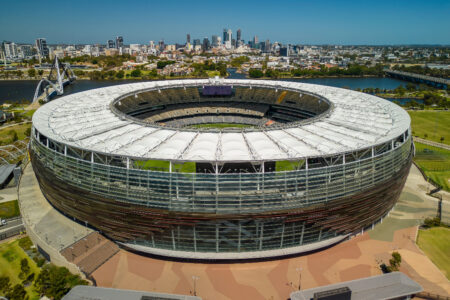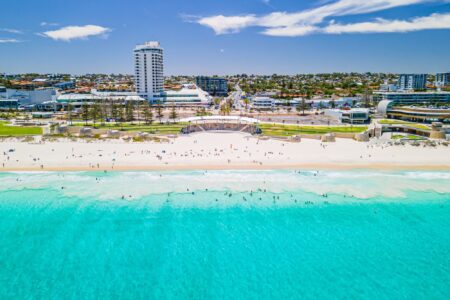Australia’s economy rebounds sharply in third-quarter from COVID-19 recession
Australia’s economy has rebounded sharply in the third quarter from a coronavirus-induced recession as consumer spending surged.
Reports showed that the A$2 trillion ($1.5 trillion) economy expanded by more than the expected 3.3% raise in September, following a 7% contraction in June, as the country largely got COVID-19 under control.
The rebound was led by household spending, which was led by household spending, which rose 7.9%, driven by massive fiscal and monetary stimulus since March. The Australian dollar briefly hit a day’s high of $0.7389.
Reserve Bank of Australia (RBA) Governor Philip Lowe believes Economic growth is positive in December quarter as well
The optimism is underlined by card spending data by the country’s biggest banks which showed consumers splurged in the last week of November during Black Friday and Cyber Monday sales.
Top lender Commonwealth Bank reported a 12% jump in spending on cards for the week-ending Nov. 23 from last year while ANZ saw a 28% surge.
However, Australia is not yet out of the woods, as escalating tensions with top trading partner China hang heavily on the outlook.
According to Australian Treasurer Josh Frydenberg the deteriorating trade relationship with China was a “very serious” matter though domestic consumption was key to Australia’s post-pandemic recovery.
Agriculture exports account for just 0.02% of Australia’s annual output, while iron ore exports account for 7.5% of GDP.
RECESSION OVER?
Despite the quarterly growth, economic output is still down 3.8% over the year after Australia entered its first recession in three decades in the first half of 2020 due to coronavirus-driven lockdowns.
Lowe said the third-quarter GDP result was “good” but warned an economic recovery from the pandemic will likely be “bumpy and uneven” going forward.
The bank left its cash rate at a record low 0.1% and maintained its A$100 billion quantitative easing programme.
Despite these measures, unemployment is still hovering above 7%, from around 5% before the pandemic, while inflation and wage pressure are weak.
“Both fiscal and monetary support measures will need to remain in place throughout 2021 and beyond to ensure that the recovery remains on track.” said Callam Pickering, economist at global job site Indeed.
Source: Link
Date Published: 02 December 2020





